Kumbh Mela: Songs of the River (2004)
The Kumbh Mela is a great roving Hindu spiritual festival that has moved around India for more than four thousand years, erecting temporary cities along the Ganges River.
The Kumbh Mela is a great roving Hindu spiritual festival that has moved around India for more than four thousand years, erecting temporary cities along the Ganges River.
A filmmaker's insight into the biggest gathering on earth -the Kumbh Mela.
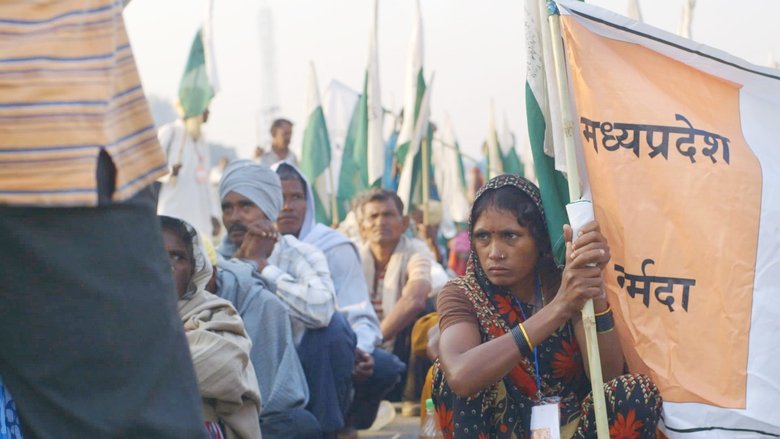
Hundreds of thousands of Indian men and women – indigenous inhabitants and landless farmers – demand their right to existence by making a 400 kilometre protest march from Gwalior to Delhi. How can one fight for one’s rights without using violence? With such an important contemporary question, the film spreads far beyond the borders of India. It shows the multiple facets of this imposing protest march and focuses as well on the daily realities of these proud people.
This documentary highlights the achievements of India in the political, economic, and international fields since she attained Independence. The framing of her Constitution, the integration of the States and the general elections, the rehabilitation of displaced persons, the river valley projects, and the setting up of a chain of National Laboratories are some of the achievements shown here.
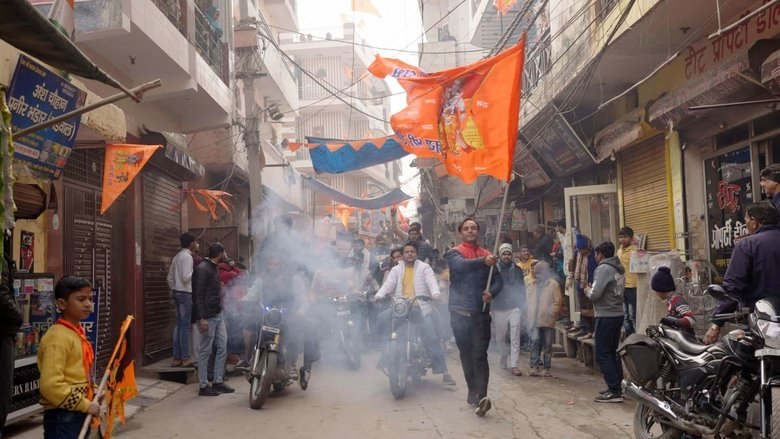
Since the rise to power of Hindu nationalists in 2014, India has been gradually moving away from democracy towards a regime where ethnic identity prevails. This transition is driven by Hindutva, a Hindu supremacist ideology embodied by Narendra Modi. For the past 10 years, Prime Minister Modi has relentlessly pursued his fascist policy based on Hindu supremacy. This ideology of hatred towards other religions in the country, particularly Islam, has also spread globally. Those who follow this belief want India to be only for Hindus, treating people of other religions, like Muslims or Sikhs as second-class citizens. Attacks against Christians have surged by 400% since Modi's election, accompanied by discriminatory laws targeting Muslims and widespread lynching incidents. Hindutva's influence permeates all levels of Indian society. This documentary thus unveils a darker side of India, far from its portrayal as the world's largest democracy and Gandhi's dream of peace among communities.
The anti-Slumdog Millionaire in documentary form, "Buzz" charts the tumultuous rise of India's most famous tattoo artist as he struggles to overcome the demons of his poverty-stricken childhood through art.
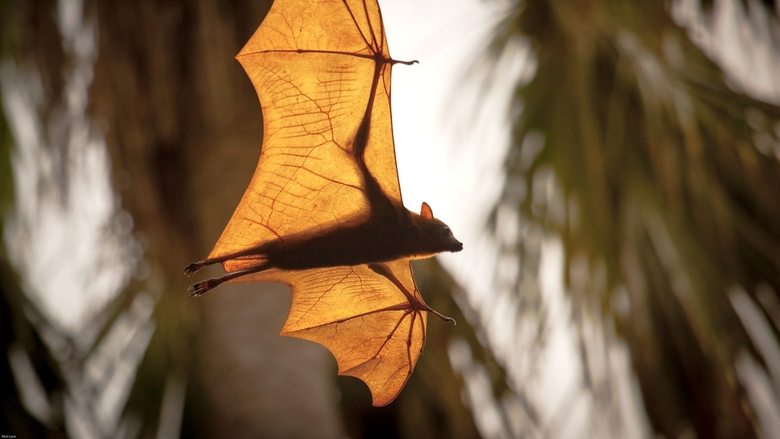
The wildlife and cultures of southern Asia have been shaped by one of the greatest phenomena on Earth: the mighty monsoon winds that sweep across this vast region, turning drought into deluge. All life – human and animal – is dominated by this rampaging weather system. From the northern shores of Australia to the highest peaks of the Himalayas and the wind-blown deserts of northern India to the lush equatorial forests of Borneo, this series makes an exhilarating journey through the lands of the monsoon. Along the way, it offers a taste of the variety and colour of the different regions’ most extraordinary wildlife and cultures and the way they cope with the tumultuous weather. This is the story of a relationship between humans and nature that has grown across thousands of years – all living in the shadow of the monsoon.
A documentary on the life of the youth in post-Independence India.
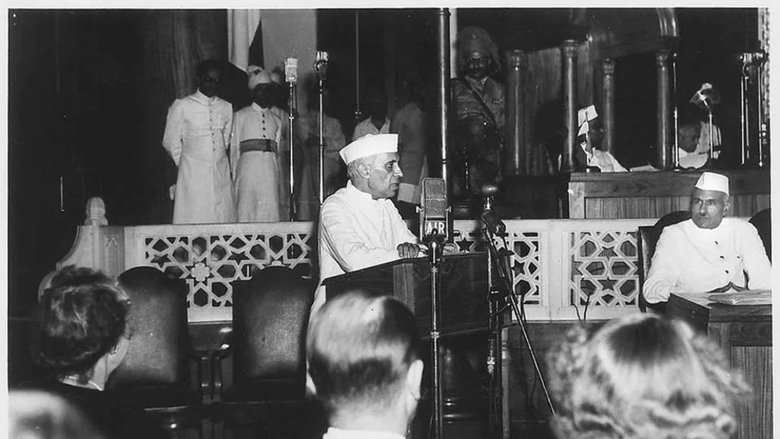
Divided into three parts — The Awakening, The Struggle, and Freedom — this is a biographical film on Pandit Jawaharlal Nehru, the first Prime Minister of independent India. Relying on Nehru's writings and speeches, the film traces the evolution of Nehru from his birth through his life. It also deals with the effect of history on Nehru and in turn his impact on the world.
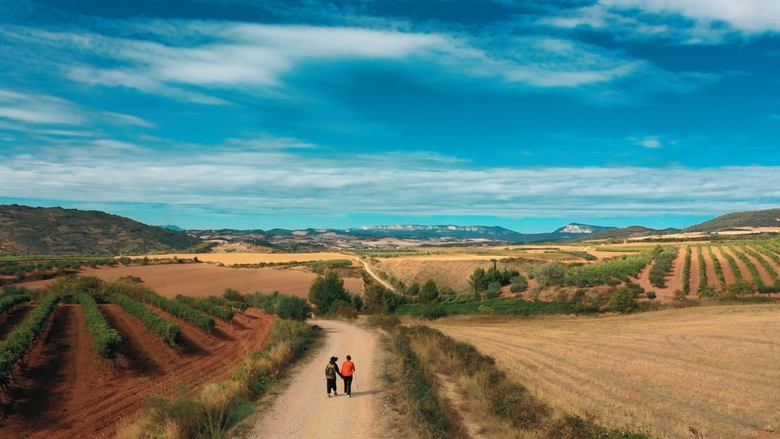
A visually impaired woman in her 50s and an 18-year-old girl walk the Camino de Santiago. The older woman, Jae-han, is a masseuse who can only make out the dim outlines of things. She is accompanied by a girl named Da-hee. Jae-han dreams of presenting her own style of flamenco in front of the Cathedral of Santiago de Compostela after completing the pilgrimage. However, the journey, which began with a vague longing, turns out to be much more difficult than either had expected.
Once facing extinction, Asia's last wild lions live dangerously close to India's villages.
A brief but colorful travelogue of India's biggest cities following the partition of the country in 1947 at the end of the British Raj.
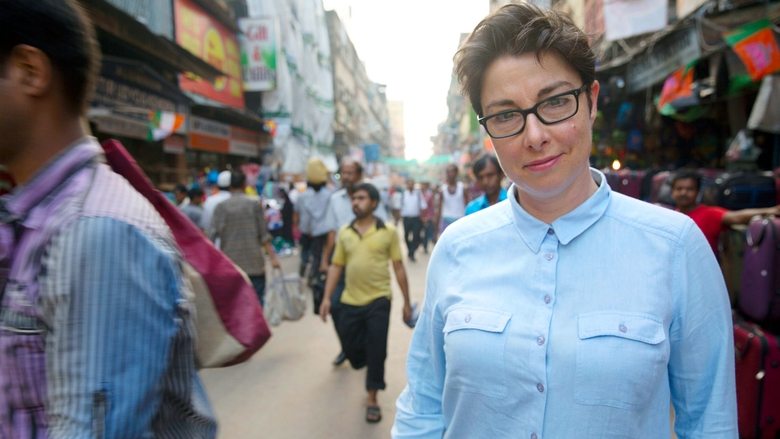
Sue Perkins immerses herself in the complex life of Kolkata and sees how it is reinventing itself as a megacity with a reputation for eccentricity, culture and tolerance.
Lord Louis Mountbatten arrives in India in March 1947 as Britain's Last Viceroy. He is committed to transfer administrative and authoritative power to an independent and sovereign India. Six months later India indeed was set free, but it had also been partitioned and overwhelmed by an orgy of sectarian violence involving Hindus, Muslims and Sikhs.
A journey that follows the Ganges from its source deep within the Himalayas through to the fertile Bengal delta, exploring the natural and spiritual worlds of this sacred river.
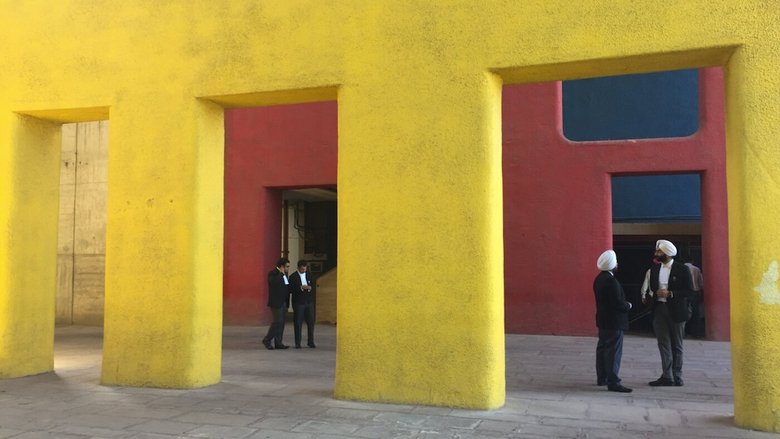
With the construction of the Indian planned city of Chandigarh, the Swiss and French architect Le Corbusier completed his life's work 70 years ago. Chandigarh is a controversial synthesis of the arts, a bold utopia of modernity. The film accompanies four cultural workers who live in the planned city and reflects on Le Corbusier's legacy, utopian urban ideas and the cultural differences between East and West in an atmospherically dense narrative.
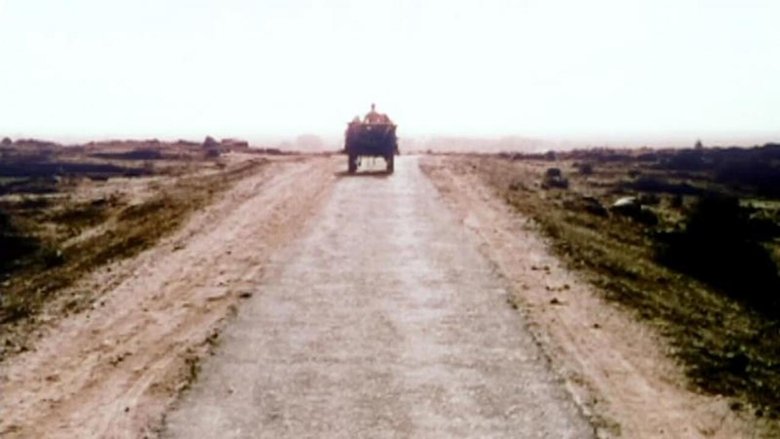
Life on the road in India, showing the traffic, people and animals.

Hindu temples at Benares and Belur and the mythologies associated with them.
To the city come men, women, fruits, flowers, vegetables, goats and sheep – all ready for consumption. It is the process of consumption/exploitation that forms the core of the film.